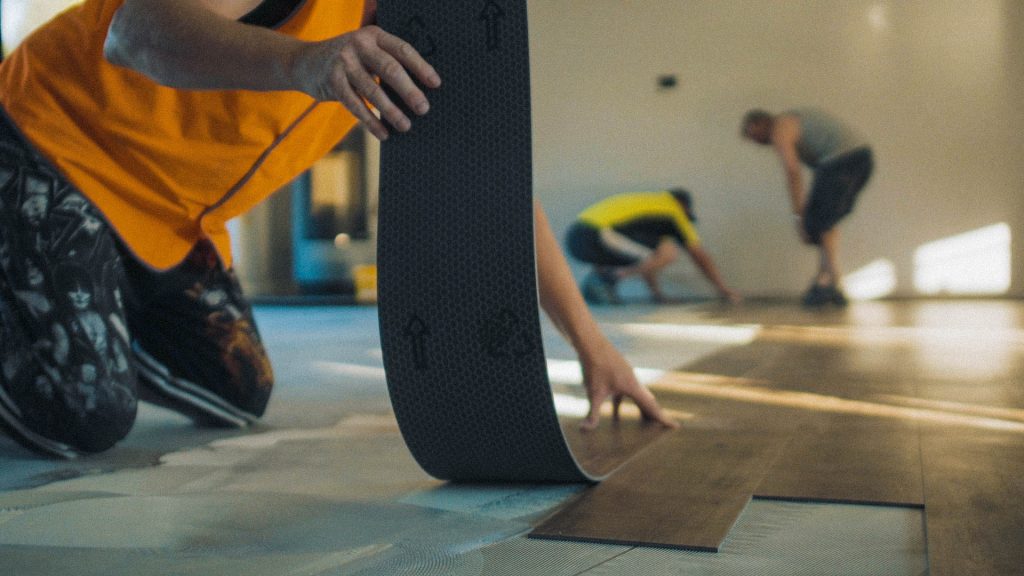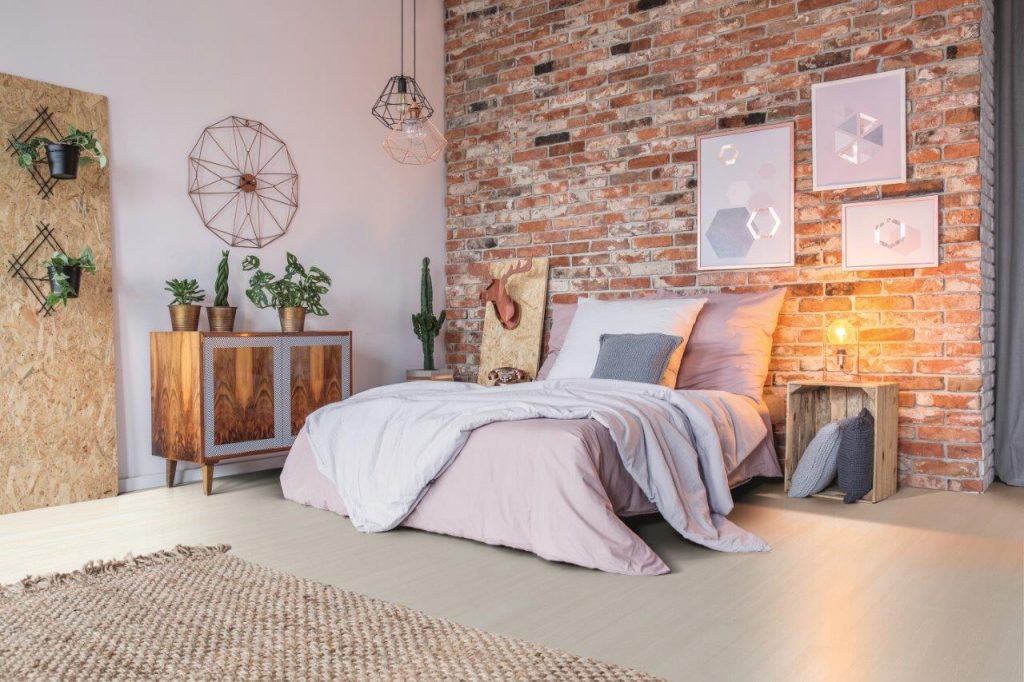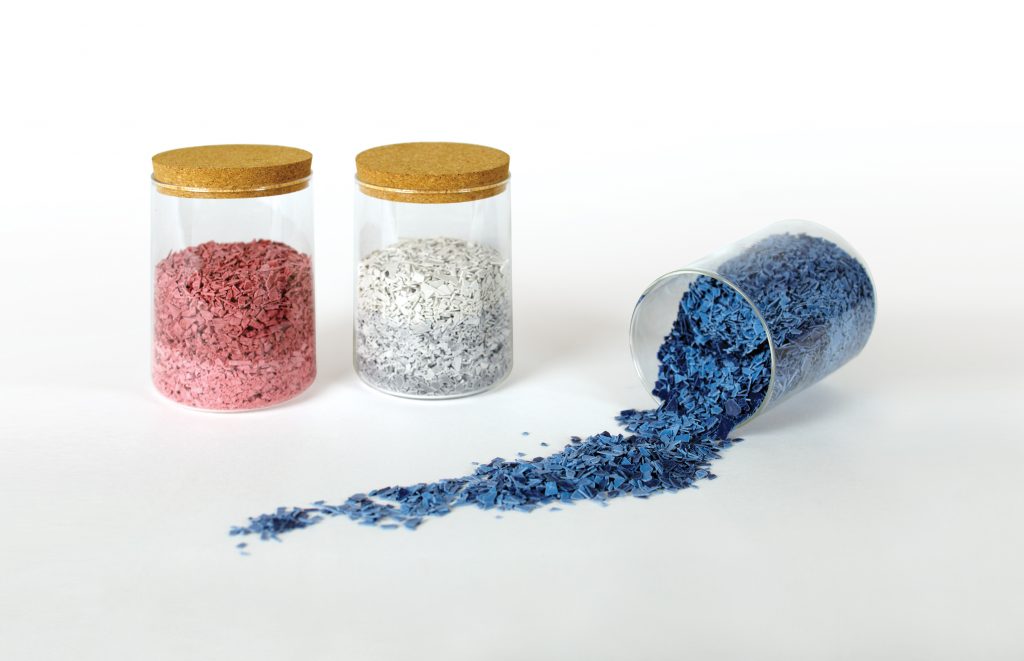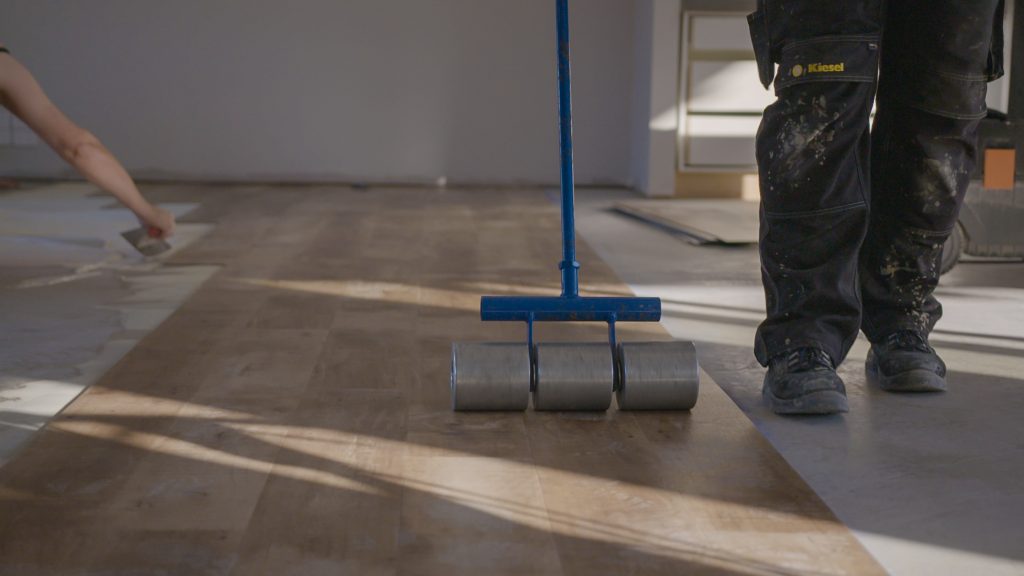More often than not, when building a home or renovating, flooring is one of the biggest decisions you will have to make as it can heavily impact so many day to day factors.
You will need to consider several aspects when choosing your flooring, including the type of mood you are trying to create, the ease of installation, budget limitations and most importantly how much time and expense you are prepared to invest in cleaning and maintenance in the long term. The initial concern for home owners is obviously cost, but how suitable the type of flooring is for the amount of foot traffic it will undergo over the years and how well it will wear over time are equally significant considerations.
COSTS:
There are said to be some benefits to choosing Ceramic but cost certainly isn’t one of them. This is dependent on the colour, size and quality you choose of course, but ceramic almost always outweighs the cost of LVT (Luxury Vinyl Tiles)
You could say that designers choose ceramic for a ‘deluxe look’ and also longevity. However, it must be said that with the durable wear layer and the replica photographic genius of LVT, it can be almost impossible to notice the difference between both once installed.
MAINTENANCE & CLEANING:
Ceramic, if damaged, is not easy to repair. Although it is a durable material, in the event that damage is done to a ceramic tile, you will find that action needs to be taken almost immediately. Sharp edges can cause tripping and cuts and allow other foreign matter and moisture to get underneath and in between tiles.
It can be said that stability is the best feature of Ceramic Tiles. It won’t expand or contract with temperature changes, but stability is also its biggest downfall. Because of its rigidness, it has no ability to flex or give, so is far more prone to cracking and chipping. While LVT is also hard and durable, (making it a great choice for heavy commercial areas) it has a certain degree of flex and absorption of heavy weight.
Cleaning LVT couldn’t be easier, especially if you have pets and kids running around the house. In comparison to tiles, there is little slip risk and they are easy to mop without marks showing.

DESIGN AND STYLE:
Ceramic floors may last forever, but to keep up with the ever-changing design trends and renovation needs, this is actually not a benefit to most as they can be outdated quite quickly. Trends change quickly and pulling up expensive tiles is messy and time consuming. In comparison, LVT is easy to install and can be replaced tile by tile should any be scratched, or a change is needed. LVT also has never ending designs, colours and options when it comes to laying them, including great replicas of stone and concrete.
When it comes to installing Ceramic, the tools can be expensive, cutting can be messy and the skill level required costly for professionals. LVT can easily be cut with a straight edge and utility knife and is fast and efficient to install.

ENVIRONMENT:
The argument is simple when it comes to the lifespan of ceramic vs LVT. The method used to remove ceramic tiles (smashing it) makes it not recyclable- to be able to be reused, each little bit of mortar would need to be removed, resulting in it ending up in landfill.
In addition to this, the removal of the ceramic tile at the time leaves an unavoidable thick cloud of toxic dust which directly impacts the environment in which it was laid.
Most ranges of LVT by Polyflor are 100% recyclable, with many of the floor coverings containing up to 40% recycled content. The ranges are recycled through the Recofloor Vinyl Take-Back Scheme to which the vinyl can be recycled many times over without losing its performance and functionality.


INSTALLATION:
The installation and removal of Ceramic is messy and the dust that comes from it, can get into every crack and surface of the workspace, taking weeks to remove. Even when removing and replacing one or two tiles, it takes large hammers and power tools, and the setting time for the mortar and grout is time consuming.
LVT is exactly the opposite. Installation is simple and if followed correctly by professionals, is quick and painless. Temperature control and using the correct sub floor preparation plays a big part in installing LVT, and when followed, the results will speak for themselves.
Whether you install LVT in a high traffic commercial environment, or a residential home, it will perform at its peak every time. The ease of installing, the warmth underfoot, cleaning benefits, wide range of designs and endless durability makes it the right choice, every time.

Ceramic Tiles:
• Are prone to cracking, and there is no flexibility in the tile.
• Design trends change rapidly, and ceramic can be messy to remove and hard to change
• Ceramic can far outweigh costs of LVT, depending on size, quality and colour.
• Ceramic is not recyclable, it is usually put in a landfill.
• Unless under floor heating is installed, Ceramic can be cold underfoot.
Vinyl Tiles:
• Installation is easy and repairs simple
• Wider range of looks and design options. LVT is limitlessly customizable.
• Recyclable and Environmentally preferred.
• Pet and Kid friendly.
• Has a durable wear layer and is less prone to cracking and breaking.
See our full range of Vinyl Tiles here:
https://www.polyflor.com.au/products-type/tile/

 Browse
Browse 